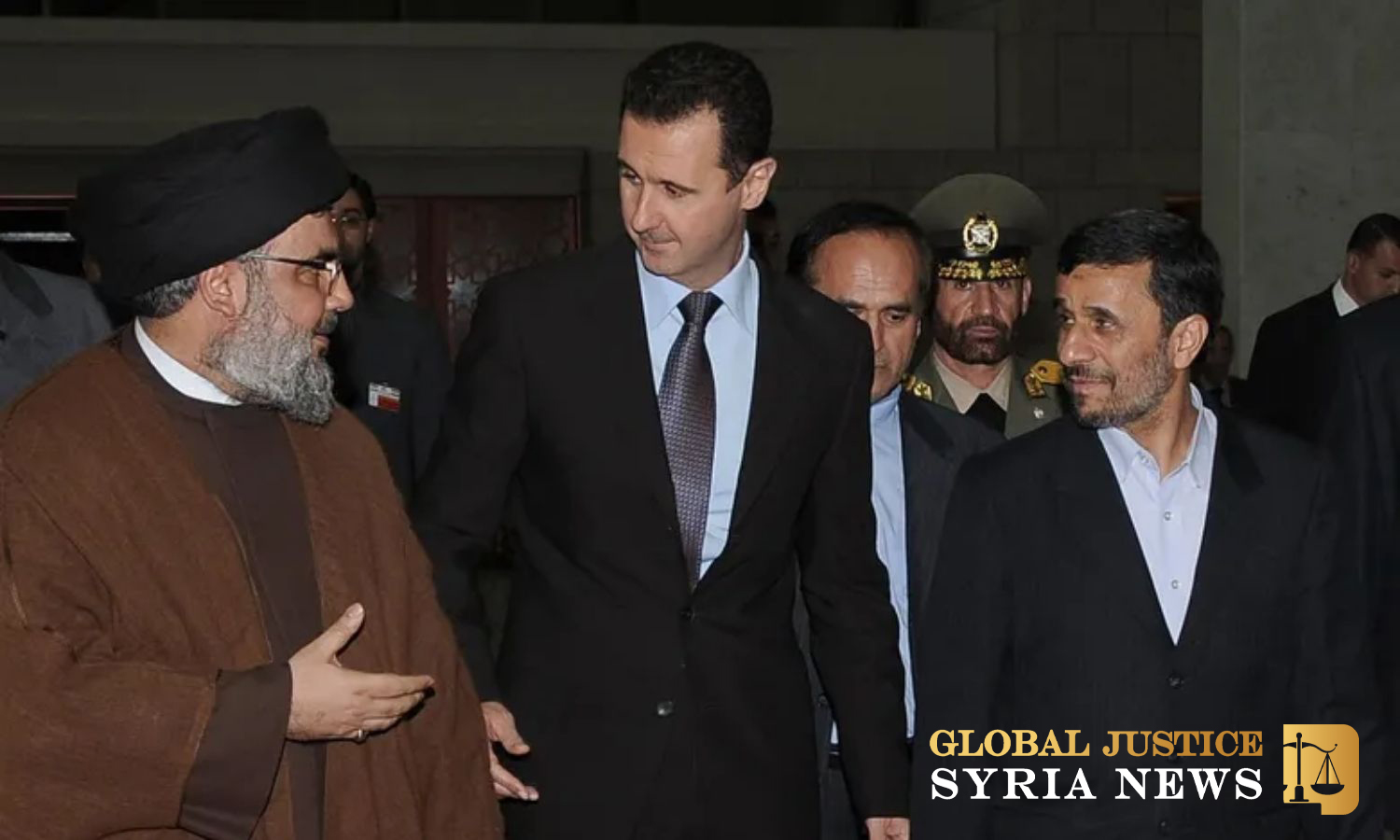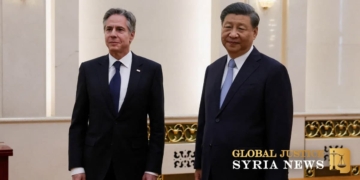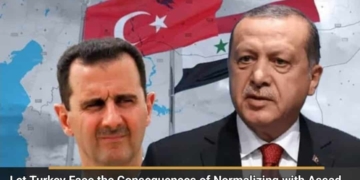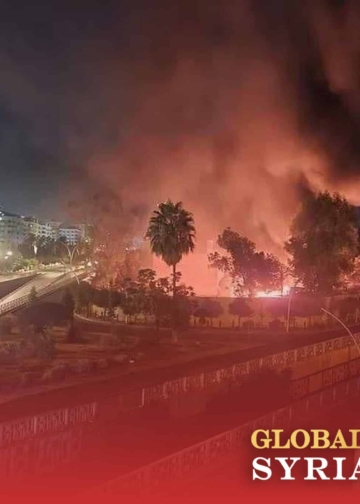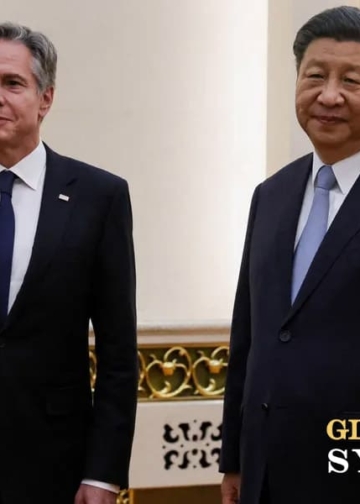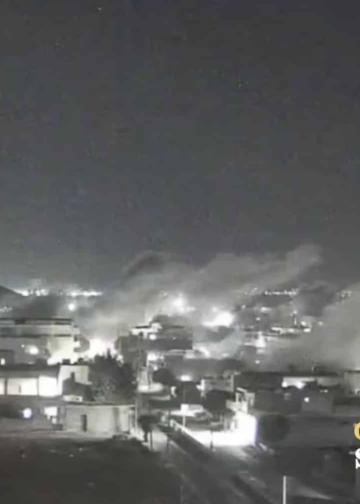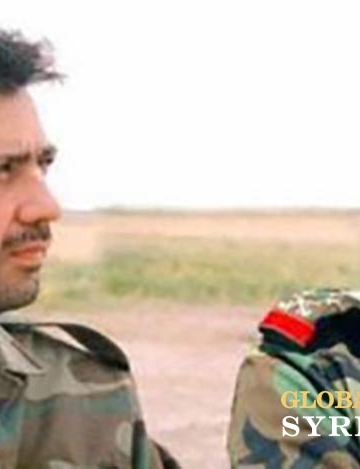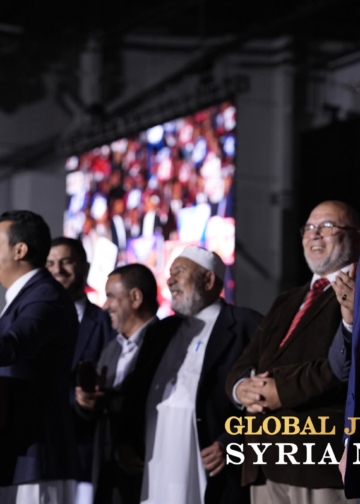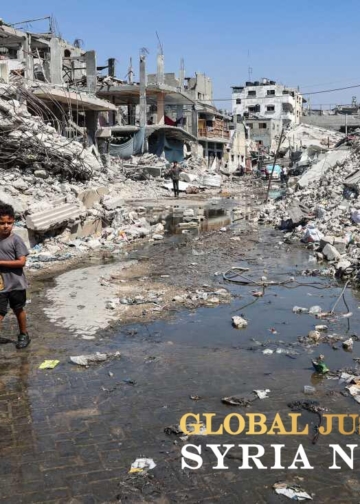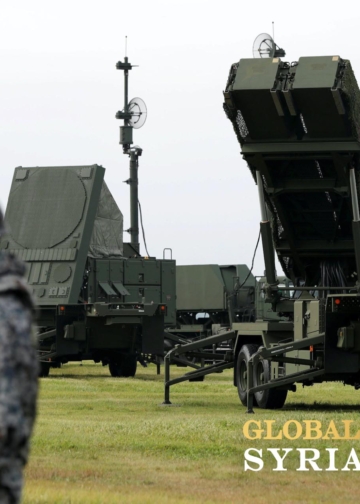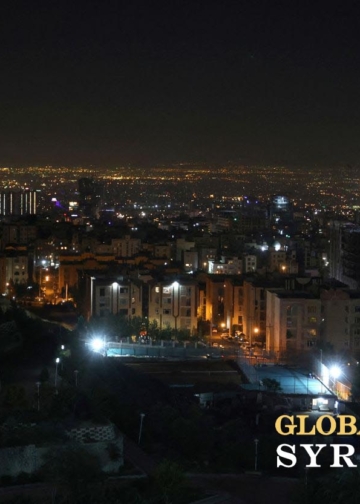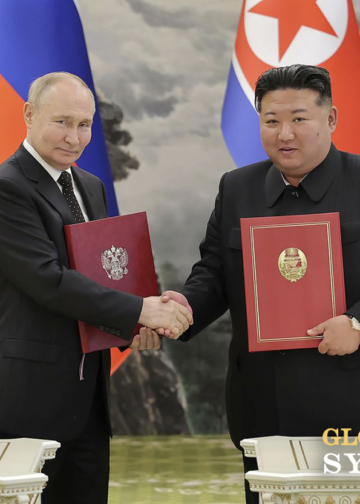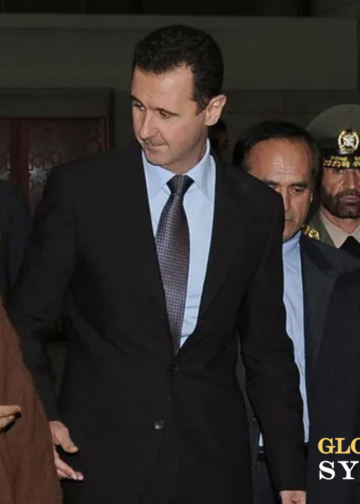In recent weeks, reports have circulated suggesting that Syrian President Bashar al-Assad may be seeking to distance his regime from longstanding allies Iran and Hezbollah. With the ongoing conflict between Israel and Hezbollah causing regional upheaval, some observers have speculated that Assad might be positioning himself more neutrally to benefit from shifting geopolitical dynamics. However, a closer examination reveals that there is little evidence to support this narrative. In fact, Assad’s relationship with Iran and Hezbollah remains as entrenched as ever.
The Geopolitical Calculus: Survival and Strategy
At the heart of Assad’s strategic calculations lies his regime’s survival. After more than a decade of conflict, Syria is economically crippled and militarily weakened. For years, Assad has relied heavily on Iran and Hezbollah for both financial and military support, with the “Axis of Resistance” serving as a critical lifeline during Syria’s recent conflict. Any decision to distance himself from Tehran or Hezbollah would require careful consideration of the consequences, including the risk of losing this vital support.
Recent speculation about Assad’s possible disengagement from Hezbollah seems to stem from his reluctance to escalate tensions with Israel. Syrian state television has reportedly stopped airing Hezbollah leader Hassan Nasrallah’s speeches, signaling a potential shift in Assad’s approach. Moreover, Assad’s refusal to retaliate against Israeli airstrikes on Hezbollah and Iranian targets in Syria has raised questions about the future of the Iran-Syria-Hezbollah alliance.
However, as Charles Lister of the Middle East Institute pointed out, there is little evidence that Assad is actively distancing himself from these allies. Lister suggests that the Syrian president’s strategic silence is merely tactical, aimed at avoiding a direct confrontation with Israel while still maintaining his close ties with Iran and Hezbollah.
A Tactical Shift or a Calculated Risk?
The complexities of Assad’s relationship with Iran and Hezbollah are further underscored by his recent moves to host refugees fleeing the Hezbollah-Israel conflict. After years of rejecting the return of refugees, Assad is now more willing to allow Syrians and Lebanese civilians back into Syria, seemingly to benefit from international aid. This shift could improve Assad’s international image as a more cooperative leader, but it is also a strategic attempt to secure financial resources.
The United Nations High Commissioner for Refugees (UNHCR) has issued an urgent appeal for $324 million to support these refugees, and the European Union announced an emergency fund of €500,000. While this funding is intended to assist displaced populations, there are concerns that much of it will be diverted to Assad’s elite circle, as has happened in the past. A 2022 investigation revealed that nearly 25% of U.N. funds allocated to Syria between 2019 and 2020 went to companies owned by individuals under Western sanctions, many of whom are closely tied to Assad.
A High-Stakes Balancing Act
Bashar al-Assad’s handling of Syria’s relationship with Iran and Hezbollah is emblematic of the broader challenges facing his regime. While some speculate that Assad is distancing himself from these allies, the evidence suggests otherwise. His actions appear to be part of a tactical effort to avoid direct confrontation with Israel while still reaping the benefits of his alliances with Tehran and Hezbollah. Hosting refugees and accepting international aid may boost Assad’s image, but it also risks entrenching the corruption and authoritarian control that have defined his regime.
At the same time, Assad must carefully manage his relationship with Iran, which remains a critical ally. Distancing himself too much from Iran and Hezbollah could destabilize his regime, while failing to maintain some neutrality may invite further Israeli airstrikes and regional tensions. Assad’s future—and Syria’s—hinges on his ability to navigate these competing pressures without tipping the scales against himself.



